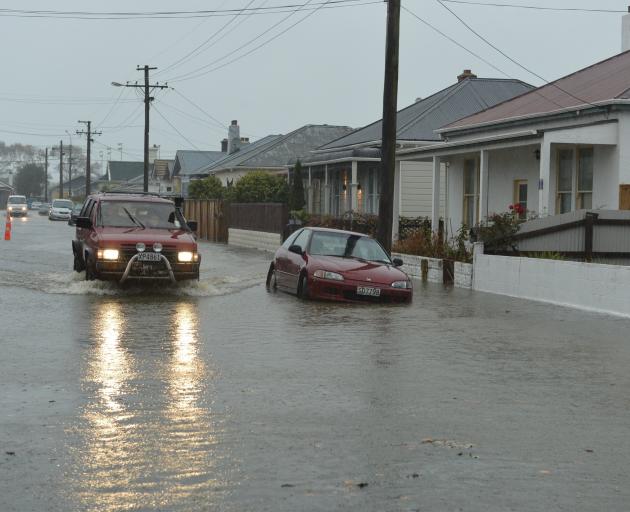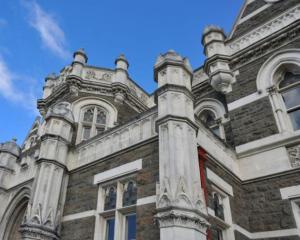
‘This represents significant advancements’
If a weather bomb is going to flood South Dunedin, residents will get much more time to prepare for it now Earth Sciences New Zealand has switched on its new $35 million weather forecasting supercomputer.
The computer, named Cascade, is New Zealand’s largest supercomputer and is capable of computing at speeds of 2.4 petaflops — three times more powerful than its predecessor.
Earth Sciences New Zealand (formerly Niwa) transition chief executive John Morgan said it would take a human the equivalent of 32 million years to do a similar calculation.
"This represents significant advancements in our science capabilities.
"Not only can it provide earlier and more frequent forecasts, but it also supports simulations of oceanographic systems, freshwater dynamics and seismic activity."
Mr Morgan said it would help ESNZ model natural hazards, including floods, earthquakes and droughts.
"This will be critical for mitigating the impacts of severe events such as Cyclone Gabrielle.
"It can also assess climate change impact, helping us understand our weather under long-term environmental shifts.
"This level of detail will be crucial."
He said if ESNZ could look ahead a few months and say with confidence how the coming season would shape up, the country would be able to make better plans and protect people and infrastructure.
The supercomputer was built by ESNZ team members and vendors Xenon, Hewlett Packard Enterprise and CDC Data Centre, and it built on the technology platforms from Vast Data, Versity Software, Spectra Logic and Altair.
Cascade was officially switched on yesterday and it produced its first weather forecast.
In initial testing, it performed better than expected, including in its energy efficiency.
Mr Morgan said the data centre in Auckland, where the supercomputer is housed, got its electricity from 100% renewable sources, and its liquid cooling system minimised water use significantly by being a fully closed loop.
It ensured the computer’s environmental footprint was as small as possible.
All the data collected by Cascade was being archived in a facility named Rapids, and Crown-funded access to it meant New Zealand’s entire science sector would benefit from its capability.
"This machine is incredibly impressive," Mr Morgan said.
"It takes New Zealand’s supercomputing infrastructure to a new level."
Science, Innovation and Technology Minister Shane Reti said the $35million investment signified a huge investment in New Zealand’s future.
"The government’s science reforms are about turning world-class research into economic value and resilience faster.
"With Earth Sciences New Zealand bringing together Niwa and GNS Science, we’ve unified capability across hazards, climate, oceans and the solid Earth.
"As we integrate MetService, New Zealanders will see more accurate, timely, impact-focused warnings."
He said investments such as Cascade showed how advanced technologies could increase productivity, lower costs and keep people safe.












